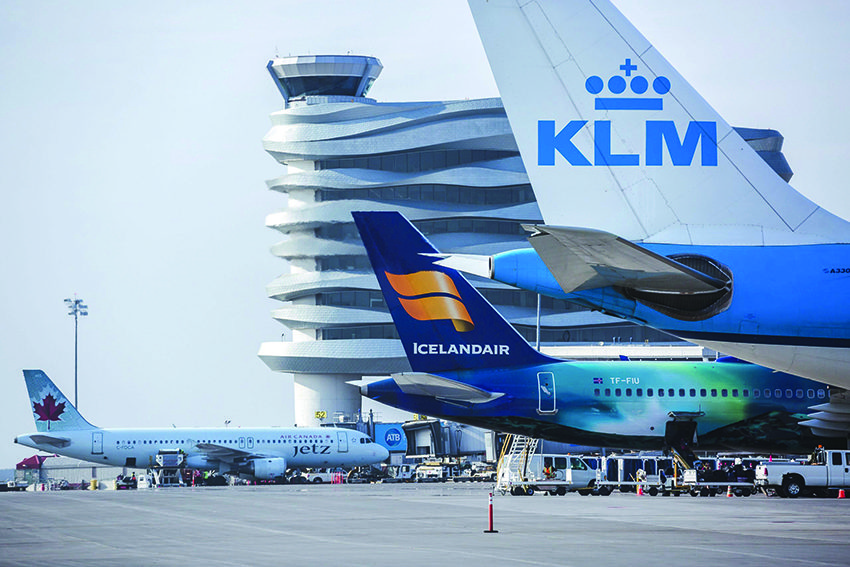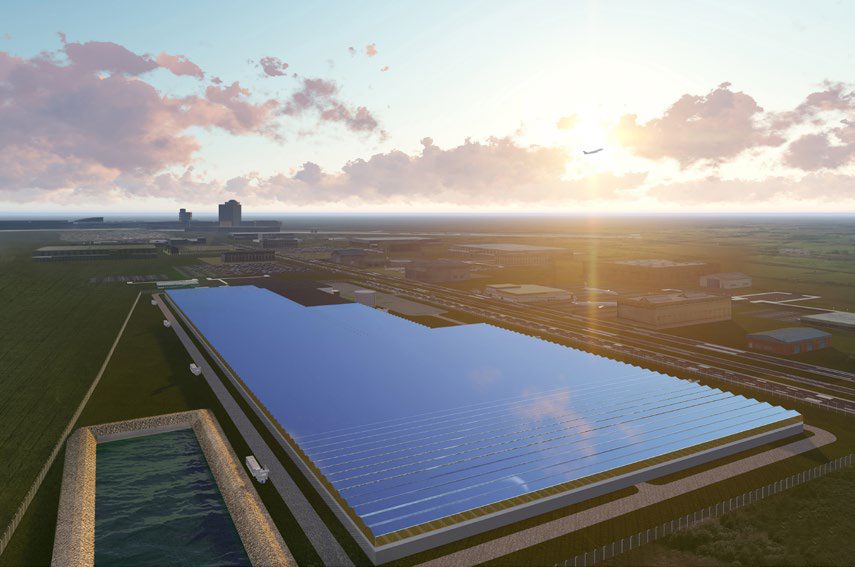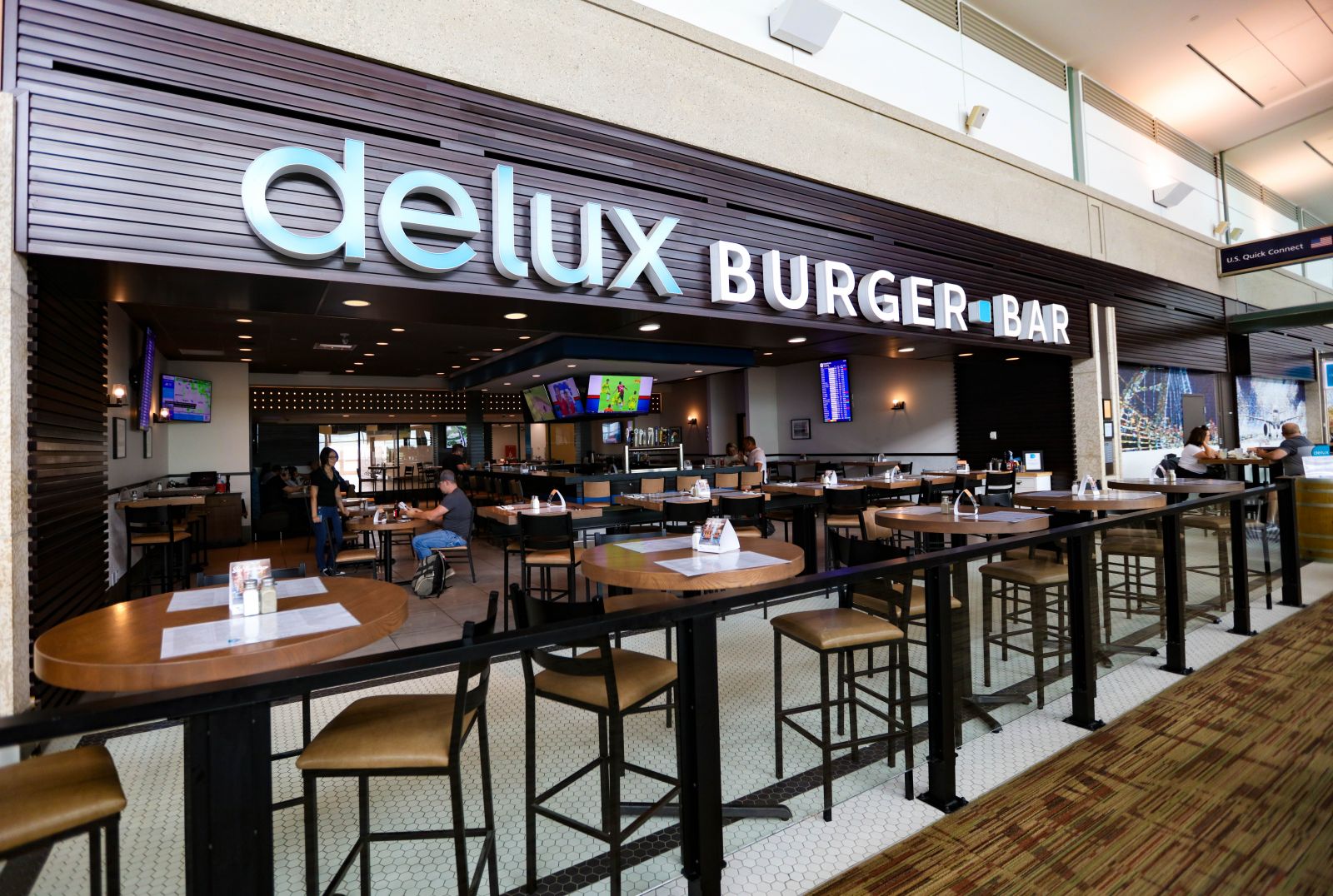Airport areas are leveraging multi-modal connectivity to become ‘Innovation hubs’ for today’s smartest initiatives, writes Chris LeTourneur, president and CEO of MXD Development Strategists.
Increasingly, airports and local government are recognising the benefits of crafting land use policies that respond to industry requirements to facilitate innovation and the flexibility to accommodate many different uses.
This value-added innovation is occurring at international and regional airports and usually within a 10-minute drive from the airports, as illustrated by the following examples.
Amazon Prime air hub – Cincinnati/Kentucky International Airport (CVG)
Amazon Prime is to construct its North American Air Logistics Hub on a 900-acre plot at CVG leased from the airport for 50 years. Amazon is set to invest up to $1.5 billion on this new facility, which will include a three million square foot Logistics building, 350,000 square foot Loading wing, and 100+ aircraft loading positions capable of handling 200 daily aircraft movements. Amazon Prime forecasts that this CVG Hub facility will create 600 new direct jobs, which will grow to 2,700 over time.
Composite and specialised materials – Sealed Air, Charlotte, NC, USA
Sealed Air recently built their new Headquarters adjacent to Charlotte Douglas International Airport, to benefit from the ability to incorporate their various business sectors in one location, accommodating a variety of functions (including office, manufacturing, skills training, R&D and distribution) that did not fit into traditional zoning categories.
Sealed Air is a leader in plastics, food safety and specialised packaging, known for inventing Bubble Wrap and Cryovac. It calls this new complex its Innovation Center, which is based on a ‘Collaborative Workspace’ configuration to recognise the changing nature of employment and employees. The Sealed Air Campus involves three buildings in 380,000 square feet on 34 acres of land, accommodating 1,400 employees.
Future aerospace – Winnipeg Richardson International Airport
The airport is an established ‘aerospace innovation hub’ for the manufacturing of specialised air frame components and assemblies and engine testing. Major aerospace companies located either on the airport campus or next to it include Boeing, Magellan Aerospace and GE/Standard Aero.
Magellan Aerospace implements an education programme with the nearby Red River College that places students in its manufacturing facilities, leading to job placement. To grow its status as an innovation hub, the airport has embraced the concept of being ‘Ready to Go’ to attract talent, businesses and investment to the airport campus.
Future mobility – Uber Autonomous Vehicle testing, Pittsburgh, PA, USA
In Pittsburgh, Ride Sharing leader, Uber, is testing its Autonomous Vehicle (AV) programme in collaboration with the Carnegie Melon University Robotics Lab, Ford and Volvo and the famed Uber AVs can be seen frequently moving about the urban streets of the city as part of a living laboratory.
Uber has suggested its next steps for AV testing involve seeking a high-speed testing facility that could consider the tracts of land at and around airports, potentially cohabitating with other unmanned ground, air and military robotic vehicle testing facilities. Ride Sharing and AVs will have profound effect the future design of airport terminals and parking facilities.
Advanced manufacturing – GE Brilliance Factory, Pittsburgh, PA, USA
As part of its global network of research and development ‘Brilliance’ facilities, GE recently opened its Center for 3-D Additive Technology Advancement R&D facility in direct proximity to Pittsburgh International Airport (PIT).
Using advanced robotic 3D printing machines, this facility is manufacturing and testing proto-type aerospace engine components, particularly manufactured from specialised composites and metals.
Outlook
As these new technologies affecting manufacturing, distribution, commerce and mobility flourish, there will be significant opportunities for airports to leverage their connectivity and become leaders for facilitating innovation.
These themes will be explored at the SMART Airports and Regions Conference in Charlotte, NC, USA in August 2017. The connectivity of people, products and technology driven by airports provides a strong platform for attracting talent, technology and investment, stimulating innovation and economic development.



